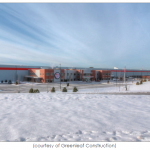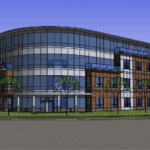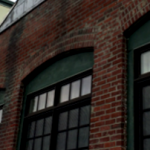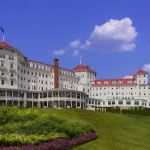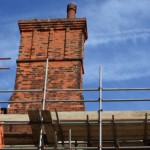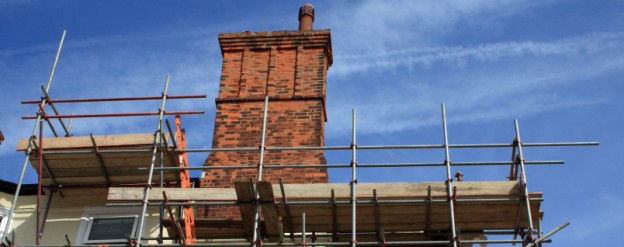
Examples of historic building preservation are all around us — especially in a place as historically rich as New England. All one has to do to see these instances of historic preservation is walk outside the door of their home or office, no matter if they are in Boston, Concord, or Salem.
Perhaps one of the best local examples of historic building preservation can be found right here in Portsmouth at Strawbery Banke Museum. Nestled in the city’s South End, this 10-acre site features an abundance of houses and shops that were purposefully restored to show how people lived and worked throughout nearly four centuries of history.
The reason historic building preservation exists is because, as time passes, structures require renovations and repairs to meet current demands, such as new uses, energy improvements, expansions, etc. And oftentimes this attempt at historic building preservation and restoration is to provide solutions that meet or exceed the Secretary of Interior Standards for The Treatment of Historic Properties, while meeting the needs of the property owner.
But what are the incentives in preserving and restoring historic structures? What would prompt a property owner to spend the time and money on these types of projects?
The Federal Historic Preservation Tax Incentives program, which is administered by the National Park Service and Internal Revenue Services, is perhaps one of the best reasons.
Considered to be one of the nation’s most successful and cost-effective community revitalization programs, this incentives program encourages private sector investment in the rehabilitation and re-use of historic buildings. Since 1976, the FHPTI program has leveraged over $62 billion in private investment to preserve 38,000 historic properties.
There are two basic types of tax credits within the FHPTI program.
A 20% income tax credit is available for the rehabilitation of historic buildings. The amount of credit available under this program equates to 20% of the qualifying expenses of the rehabilitation. This tax credit comes with many stipulations, however. Here are a few:
It is only available to properties that will be used for a business or other income–producing purpose
A “substantial” amount must be spent rehabilitating the historic building
The building needs to be certified as a historic structure by the Secretary of the Interior, through the National Park Service.
Rehabilitation work must meet the Secretary of the Interior’s Standards for Rehabilitation, as determined by the National Park Service.
The 10% tax credit is available for the rehabilitation of non-historic buildings constructed before 1936 and used for income-producing purposes other than residential rental. This particular tax credit equates to 10% of qualified expenses in rehabilitation. As an example, if an owner spent $100,000 restoring a historic building he/she would get $10,000 worth of tax credit. This tax credit also comes with many stipulations. Here are a few:
The building must be rehabilitated for a non-residential use.
At least 50% of the existing external walls must remain in place as external walls.
At least 75% of the existing external walls must remain in place as either external or internal walls.
At least 75% of the internal structural framework must remain in place.
Before you get the ball rolling on your historic preservation project, however, contact the Historic Preservation Offices in the state in which the property exists.
At Summit Engineering, our goal in regards to historic preservation and restoration is to provide solutions that meet or exceed the Secretary of Interior Standards for The Treatment of Historic Properties,while also meeting the needs of the property owner.
Our team of skilled structural engineers has significant experience working on historic structures all throughout New England. Examples include: the rehabilitation of the Holmes Building in Eastport, ME; restoration of the Goodwill Hinckley Moody Chapel and the Woodbury Mills in Dover, NH; and the Steam Bending Building at the Charlestown Navy Yard, in Boston, MA.
With more than 50 years of combined experience, our engineers can work with you, the client, to preserve historic buildings while modernizing them for present uses. Contact us today!







